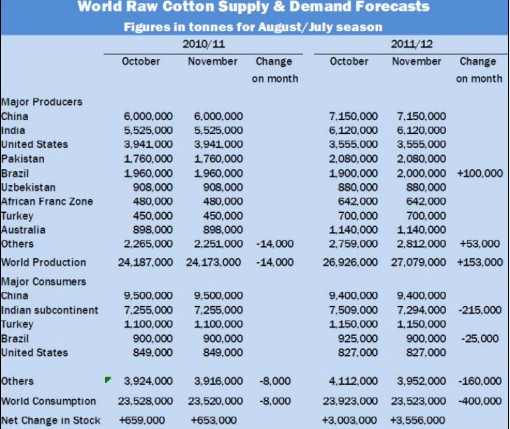|
Ten years after it unveiled a strategy to promote growth in its western area, China announced a plan to continue the initiative, even as the world's third largest economy strives to shift to a more domestic-driven growth.
"The plan will not only benefit the western region, but is also crucial to the sound and fast development of the whole nation," Du Ying, deputy director of the National Development and Reform Commission (NDRC), the country's top economic planner, said at a Thursday press conference. "Under the new plan, the central government will focus on boosting economic growth, raising people's living standards and enhancing environmental conservation in the western region during the next ten years," Du said. The central government will also enhance support for development in the region by lowering tax rates and prices for industrial lands, he added. The NDRC, along with other departments, will compile a catalogue of industries in the western region covered by the government's favorable policies. Companies in these industries will enjoy a favorable corporate income tax rate of 15 percent, compared to the regular rate of 25 percent. The move to further develop the west came as the government took steps such as subsidizing auto and home appliance buyers, to boost domestic demand and lessen reliance on exports. Challenges for China's future development lay in "whether we can continue to boost domestic demand and make it a foundation for overall sustainable growth and whether we can remove constraints on resources and environment," Du said. Turning to this vast region and market was a strategic move, which would help China bolster domestic demand and accelerate transformation of the economic growth pattern, Vice Premier Li Keqiang had said. The vast, resource-rich western region has great potential to help enhance domestic demand as the regional population accounts for 27.5 percent of the country's total, while consumption only takes 18.4 percent of national retail sales, Du said. Early this week, NDRC said it will unveil 23 new infrastructure projects in the western region this year, with a total investment of 682.2 billion yuan (100.62 billion U.S. dollars). The money will be utilized in building railways, roads, airports, coal mines and hydro-power stations. More investments in these new projects than in those started in 2009 reflected the government's intention to push the growth further into the poorer inland region, UBS Securities economist Wang Tao said in an emailed note to clients. China initiated a western region development strategy in 2000 in an effort to help this less-developed area catch up with the relatively well-off coastal area. The strategy covers infrastructure construction, attracting foreign investment and increased efforts in ecological protection. The western region involves six provinces, five autonomous regions and Chongqing municipality, accounting for more than 70 percent of the Chinese mainland's area and habitat of 75 percent of the country's ethnic minority population. Due to this strategy, the combined gross domestic product of the western region reached 6.69 trillion yuan in 2009, four times more than the 1.67 trillion yuan in 2000. |
|
Chinas western region development plan a dual strategy
Updated: 2010-7-9 Source: Texglobe-ÐÅÏ¢ÖÐÐÄ

Recommended News
Photo Gallery
Most Popular



